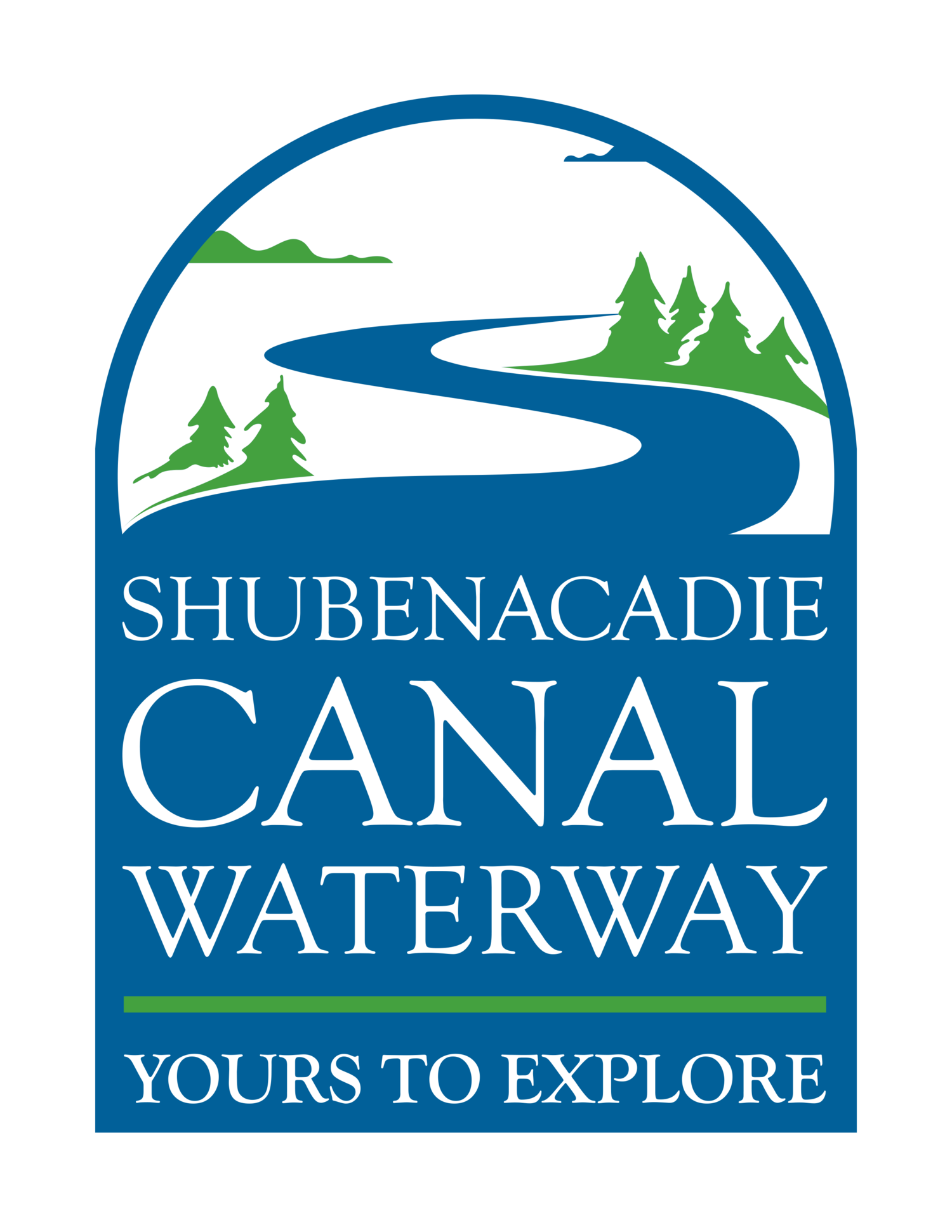What’s in a name?
Have you ever wondered how certain land features are named? Sometimes it is obvious, for example, if it is named after its shape or a person who lived there, but other times it can be quite mysterious. Today’s diary excerpt provides us with a little bit of insight into how a place can receive its name.
Sunday morning, July 8th, 1815
Began at the point on which I saw the bear and which I now call Bearpoint. Returning to our encampment this day I could perceive along the side of the beach a sort of Wild Celery on which the bears had been feeding. It was everywhere cropt (sic), by this it seemed to make a great part of their feed. I tasted it and think it pleasant and wholesome [when] salted.
Bearpoint is a simple and logical name, but if you did not read this or the previous diary entries you would probably be wondering where it came from.
To the average person today, eating an unknown plant growing in the lake may seem strange. However, 200 years ago things were much different. As there were no fridges or coolers to help preserve food, and travelling between settlements could take days, many people needed to forage to supplement their diet. This foraging is actually how the Shubenacadie Canal Waterway got its name.
Shubenacadie is a Mi’kmaq word that translates to “ground nut”. This was the word that was used to describe a plant that used to grow along the banks of the Shubenacadie River, and around the various lakes that the waterway is composed of, called the aprios americana. It is a perennial vine that produced tubers, beans and pods in the late summer/early fall. The tubers, when cooked, are similar to a potato but are more nutritious, and would have been a staple food of people living or traveling along the waterway, which included both the Mi’kmaq peoples and early European settlers. Unfortunately, this ground nut has not been cultivated as a crop yet, most likely because it takes two years for good yields.
The aprios americana does not grow along the waterway in large numbers anymore, but many other edible plants do! Wild berries, tree nuts, and certain edible mushrooms can be found if one knows what to look for. It is very, very important to make sure you know what you are eating, particularly when it comes to mushrooms, as not everything you will come across in the wild is edible. Eating the wrong plant or not preparing something correctly can be very dangerous, so it is advisable to bring a plant field guide when planning on looking for edible plants in the wild so that the plant can be properly identified.
Thanks for reading!
– Martin Earle



